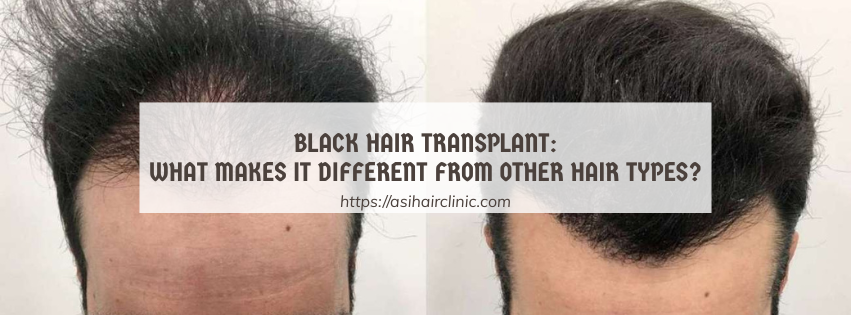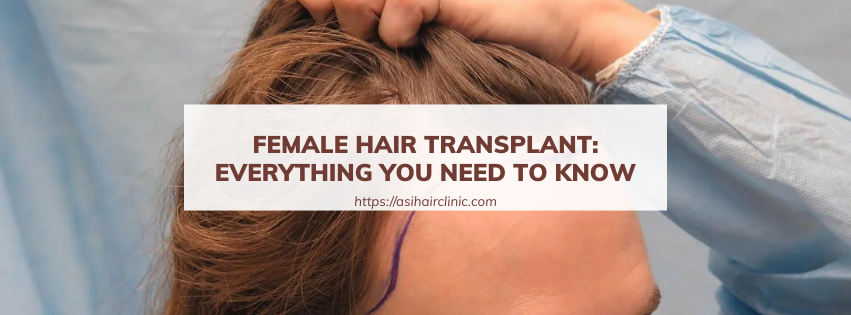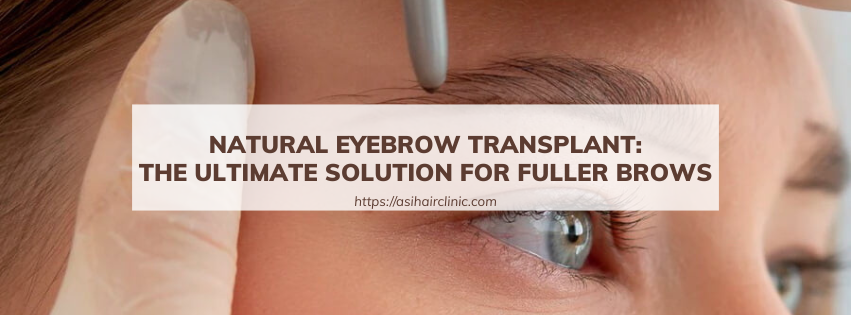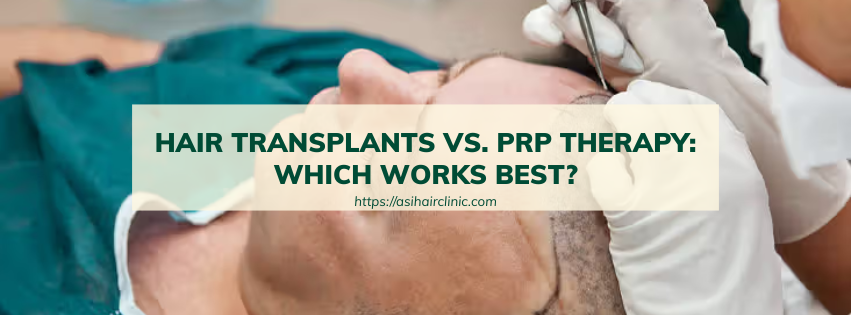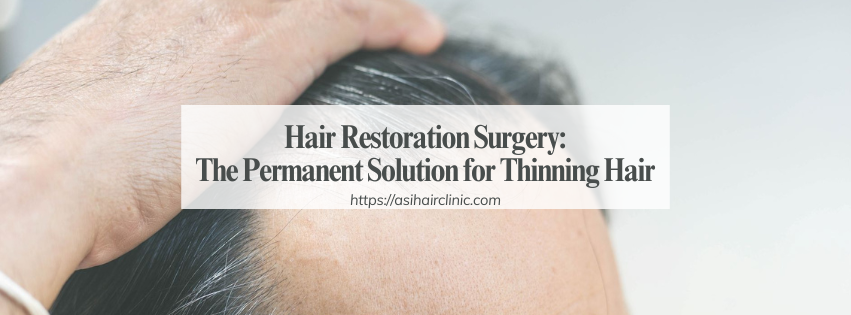From Thinning to Thriving: Is a Hair Transplant Your Solution?
Hair loss can be a distressing experience for many individuals, leading them on a quest for effective solutions. A hair transplant may just be the answer they are searching for. This article delves deep into the world of hair loss and hair restoration options, specifically focusing on the transformative possibilities that a hair transplant can offer.
1. Understanding Hair Loss
Hair loss is a common issue that affects millions of people around the globe. It can manifest in various forms, from thinning hair to complete baldness, causing distress and impacting one's self-image.
1.1. Common Causes of Hair Loss
Understanding why hair loss occurs is crucial in addressing the problem effectively. There are numerous factors contributing to hair loss, and they range from genetic predispositions to lifestyle choices.
Genetics play a significant role, with hereditary conditions such as androgenetic alopecia (commonly known as male or female pattern baldness) being the most prevalent cause. This condition often leads to gradual thinning at the crown of the head or a receding hairline.
Other causes include hormonal changes due to pregnancy, childbirth, menopause, and thyroid problems. These fluctuations can lead to hair shedding or shifts in growth cycles. Additionally, medical conditions like alopecia areata, which causes patchy hair loss, contribute to the complexity of the issue.
Lifestyle choices, too, significantly impact hair health. Stress is a notorious culprit, triggering a condition called telogen effluvium, where hair follicles enter a resting phase, resulting in temporary hair loss. Nutritional deficiencies, particularly a lack of proteins, vitamins, and minerals, can also impair hair growth, leading to thinning hair.
1.2. How Hair Loss Affects Confidence and Self-Esteem
The effects of hair loss extend beyond physical appearance; they can seep into an individual's mental and emotional well-being. The societal emphasis on youth and beauty often ties a full head of hair to personal value and attractiveness. As a result, those experiencing hair loss may feel self-conscious, anxious, and less confident.
People often find themselves avoiding social situations or becoming withdrawn due to embarrassment over their changing appearance. Research indicates that individuals with hair loss may experience higher levels of depression and anxiety compared to those who do not face this issue.
Moreover, the stigma associated with hair loss reinforces negative self-perceptions, leading individuals to question their desirability and worthiness. It's essential to address these psychological implications as one considers solutions, including hair transplants, which promise to restore both hair and confidence.
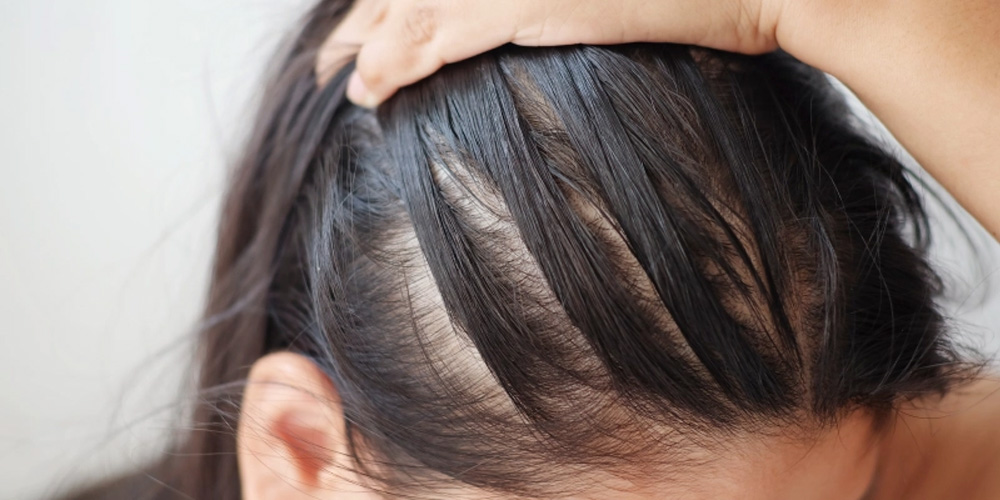
2. What is a Hair Transplant?
A hair transplant is a surgical procedure designed to treat hair loss by relocating hair follicles from a donor site (usually the back or sides of the scalp) to thinning or balding areas. This technique aims to provide a permanent solution, restoring a natural hairline and enhancing overall appearance.
2.1. The Basics of Hair Transplant Surgery
There are two primary methods of hair transplantation: Follicular Unit Transplantation (FUT) and Follicular Unit Extraction (FUE).
FUT involves removing a strip of skin containing hair follicles from the donor area, subsequently dissecting it into individual grafts for implantation. While this method can yield a larger number of grafts in a single session, it may leave a linear scar.
On the other hand, FUE entails extracting individual follicular units directly from the scalp using a specialized tool. This technique is less invasive, leaving tiny dot-like scars that are less noticeable.
Regardless of the method chosen, the surgery typically takes several hours and is performed under local anesthesia. Patients may experience some discomfort immediately following the procedure, but recovery is generally quick, with most individuals returning to their routine within a week or so.
2.2. Who is a Good Candidate for a Hair Transplant?
Determining whether someone is a suitable candidate for a hair transplant involves considering various factors, including the extent of hair loss, age, and overall health.
Ideal candidates usually have sufficient donor hair available, meaning adequate thickness and density in the donor area. Age is another critical factor; while younger individuals might desire a transplant sooner, doctors often advise waiting until hair loss stabilizes to avoid needing additional procedures later on.
Moreover, individual health conditions must be taken into account, as certain medical issues can complicate surgery or healing. Consulting with a qualified specialist is essential for assessing candidacy, as they will evaluate specific needs and create a tailored plan for optimal results.
3. Benefits of Hair Transplants
Undergoing a hair transplant can provide multifaceted benefits, both physically and emotionally. It is more than a mere cosmetic enhancement; the transformation can lead to lasting positive changes in various aspects of life.
3.1. Permanent Results and Natural Appearance
One of the most appealing aspects of hair transplants is their permanence. Once transplanted, the hair follicles continue to grow naturally in their new location. This means that, unlike temporary solutions such as wigs or hairpieces, a successful transplant provides long-term results and a rejuvenated look.
Additionally, modern techniques have evolved significantly, allowing for natural-looking outcomes. Skilled surgeons meticulously place each follicle to mimic the patient's existing hair patterns, ensuring that the final result blends seamlessly with the surrounding hair.
This level of artistry not only helps to achieve a fuller head of hair but also restores the hairline's natural contours, giving patients renewed confidence in their appearance.
3.2. Boost in Confidence and Quality of Life
The emotional benefits of a hair transplant can be profound. Many individuals report a significant improvement in self-esteem and overall quality of life post-surgery.
By addressing hair loss, patients often feel more comfortable and willing to engage in social activities they may have previously avoided. The restored confidence can enhance personal relationships, professional opportunities, and overall happiness.
Moreover, the psychological burden linked to hair loss often dissipates after a successful transplant. Individuals can embrace their new image, leading to a more positive self-view and greater satisfaction with their lives.
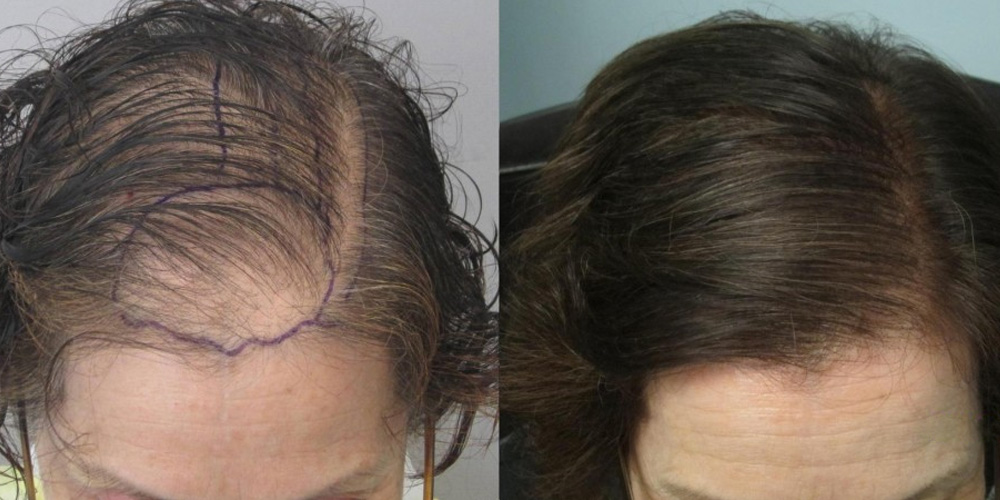
4. Risks and Considerations
While hair transplants offer numerous benefits, it's vital to acknowledge potential risks and considerations before committing to the procedure.
4.1. Possible Side Effects
As with any surgical intervention, hair transplants carry inherent risks. Some common side effects include swelling, bruising, and minor discomfort in the treated area.
In rare instances, complications may arise, such as infection or excessive bleeding. Additionally, patients might experience a phenomenon known as "shock loss," where transplanted hair falls out temporarily before regrowth occurs.
These side effects are typically manageable and resolve as the healing process progresses, but discussing concerns with a qualified surgeon beforehand helps set realistic expectations.
4.2. Factors to Consider Before Deciding
Several factors should be taken into account when contemplating a hair transplant. First and foremost, financial considerations are paramount, as the procedure can involve substantial costs, depending on factors such as location and clinic reputation.
Additionally, it's essential to consider the time commitment involved. Recovery periods vary among individuals, and understanding the postoperative care required is crucial for successful outcomes.
Lastly, assessing motivations for undergoing the procedure plays a significant role. While a hair transplant can do wonders for one's appearance, it's vital to approach it with realistic expectations and a clear understanding of personal goals.
5. Alternatives to Hair Transplants
Not everyone may be ready or willing to pursue a hair transplant. Thankfully, there are alternative solutions available, ranging from non-surgical treatments to lifestyle changes aimed at promoting hair health.
5.1. Non-Surgical Options
For those seeking alternatives to hair transplants, non-surgical options abound. Some popular treatments include:
- Minoxidil: An FDA-approved topical treatment that stimulates hair growth and slows down hair loss when applied consistently.
- Finasteride: An oral medication that blocks the hormone dihydrotestosterone (DHT), known to contribute to hair loss in genetically predisposed individuals.
- Platelet-Rich Plasma (PRP) Therapy: A cutting-edge treatment that utilizes a patient's blood platelets to stimulate hair follicles and promote growth.
Each method has its pros and cons, and effectiveness can vary based on individual circumstances. Consultation with a healthcare provider specializing in hair restoration can help determine the best course of action.
5.2. Lifestyle Changes for Hair Health
Incorporating healthy lifestyle changes can make a significant difference in hair health and potentially slow down hair loss.
Nutrition plays a vital role; consuming a balanced diet rich in proteins, vitamins, and minerals supports hair growth. Foods high in omega-3 fatty acids, iron, and biotin can be especially beneficial.
Stress management techniques, such as exercise, mindfulness, or yoga, can also positively impact hair health. Reducing stress levels may help prevent conditions like telogen effluvium, providing a holistic approach to maintaining a full head of hair.

6. FAQs About Hair Transplants
As interest in hair transplants grows, so does the need for clarity surrounding the procedure. Addressing frequently asked questions can demystify the process and assist individuals in making informed decisions.
What is the recovery time after a hair transplant?
Recovery times vary by person but generally take around a week for initial healing. Most patients return to normal activities within a few days, although complete results may take several months to manifest.
Are the results of a hair transplant permanent?
Yes, hair transplants offer permanent results. Once transplanted, hair follicles retain their characteristics and continue to grow in the new location.
Can I wear a hat after the procedure?
It is advisable to avoid wearing hats or anything that places pressure on the scalp for at least a week post-surgery. This allows the follicles to anchor properly and minimizes the risk of dislodging grafts.
Will I need multiple sessions?
This depends on individual goals and hair loss patterns. Some may require multiple sessions for fuller coverage, while others may achieve satisfactory results in a single procedure.
Conclusion
Navigating the world of hair restoration can be overwhelming, especially for those grappling with hair loss. However, the hair transplant stands out as a viable solution for many seeking lasting results and renewed confidence.
By understanding the intricacies of hair loss, the benefits and risks of hair transplantation, and exploring available alternatives, individuals can make informed decisions about their journeys towards thicker, healthier hair. Ultimately, transforming from thinning to thriving is not just about aesthetics; it’s about reclaiming one’s confidence and embracing life fully.
LATEST POSTS

